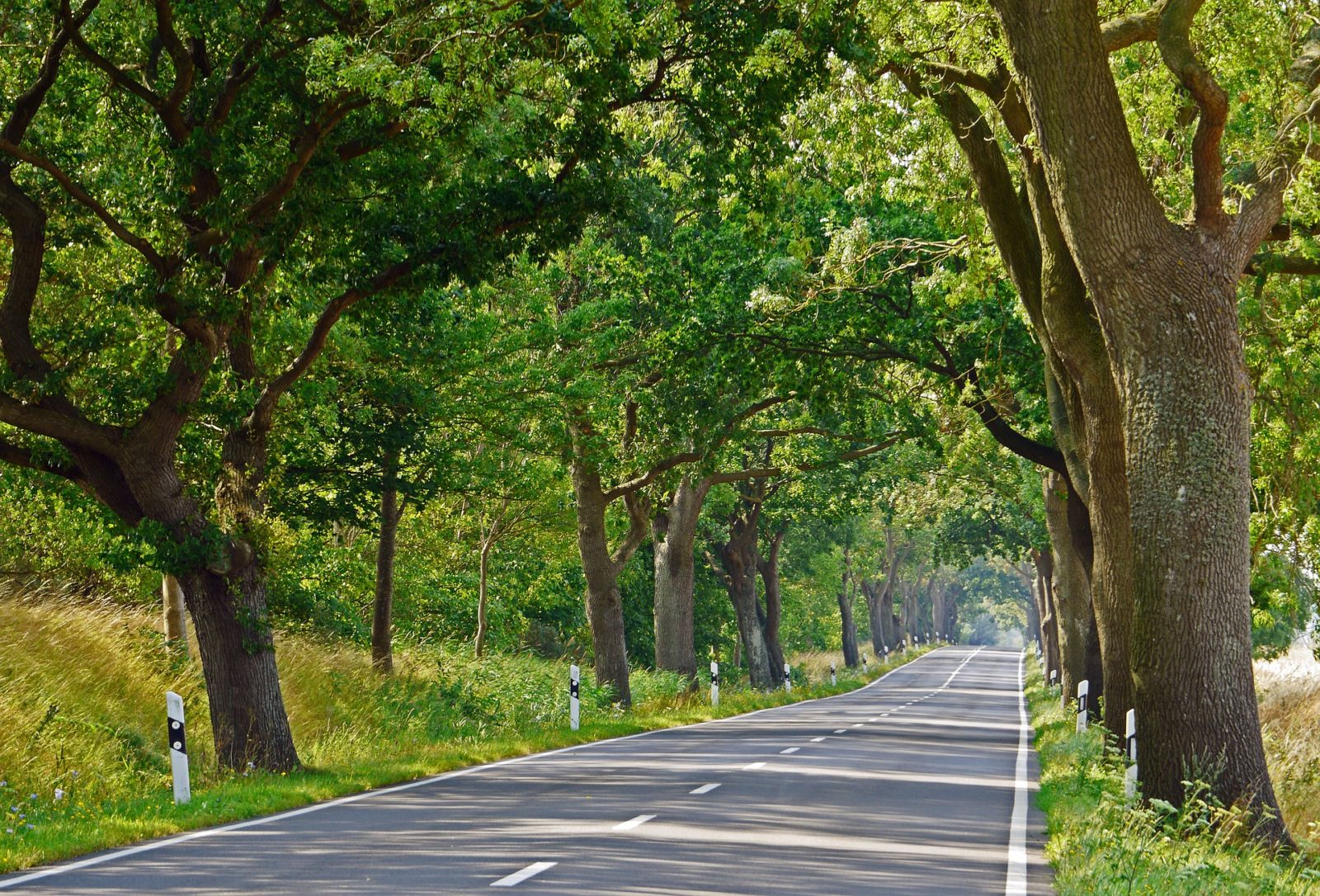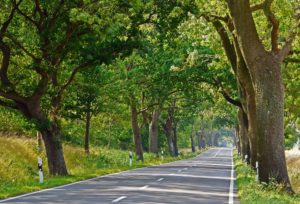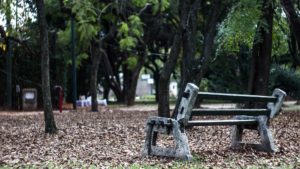- Nessun prodotto nel carrello
by Francesco Lolli
A few days ago Australian prime minister Scott Morrison hit the news by announcing the intention of planting in the next years over a billion new trees to cut down Co2 levels in the enviroment. A proportionate enterprise and definitely not impossible thinking about the vastity of the continent we are talking about, and full of sense on practic: Trees are, suddently, the best instrument that today we have at disposition to clean and filtrate the air, to produce the oxigen we need.
Pioneer of this simple and workful theory has been former White House candidate Al Gore wich, we remember, made the focus point of his campain about enviroment and enviromental friendly politics of the new generation.
An important step of his campain has been in fact the project of cutting Carbon levels in the air wich, how showed by a number of researches and publications, is stictly connected to global warming. Levels of Co2 in the air, mostly by fossil fuels combustion, has been relevated officialy since the last 60 years on a 6 month period (summer and winter), because in summer we have a natural decreasing of these levels thanks to the filtration contribute of plants wich works mostly and completely during the warm green season. Not a little contribute at all, wich is alredy enough to cut by the half the yearly increase of pollution in the atmosphere, helping as much as they can to control the increase of global warming.
A normal grown up tree is able to filtrata more than 30 kilos of carbon each year, not a little and giving a significant contribute to the city where is planted. Thinking about Milan, wich nowadays has 1700 hectares of green, means filtrating more than 30 tons of powders from the air of the city (source: Greenme) . But is not only talking about clean air (and about the oxygen we get back): Urban green in a gain over every point of view. Trees are natural sound and noise absorber and contribute to increase the living quiet of hinabitants. Quiet like the psicological and natural calm given that the colour, green, and the reason why is used in schools and hospitals. The green of parks is a natural stimolator for energy and good feeling other than for cerebral activity contributing, in late ages, to fight back the loss of memory in elders.
The shadow generated by a tree (or a three road) is enought during the moments of hig warm in summer to decrease medium temperature by more than 2 degrees contributing also to save in the waste for air conditioners and refrigerating sistems (the old, dear ”parking under the shadow) meanwhile in the other months plants are able to absorbe more than the 20% of precipitations (in proportion of soil covered) contributing to prevent flooding and pipes overfilling.
Trees, then, are the most echonomical and less invasive way to get back the parts of the city in ruin or dismissed, created by crazy cementification and because of this, for once, the best battle is to destroy than keep building, giving back colour, nature and spaces to the citizens.
To plant them in our cities (or outside as well, that are needed indeed) means all of this and more: means echonomical gain for the community. The small investment needed to plant a tree gives back the equivalent of (during the life of it) saving 20 000 euros of water filtration and other 40 000 on (in proportion) air cleaning.
As now is happening in Australian is to remember also the efford made in africa bi Zimbawe where the government is fighting deforestation with an original ”carpet bombing” of gianthic regions of the savana of seeds and fertilizer in a form kinda like the one of fishing pasture, with cars, throwing, and planes and helicopters. This to save the wildlife and the plant life of the region and to prevent the distruction of lands by uncontrolled floodings, and increase the life size of the area, also reducing temperature.
In cities the reappropriation of green is for sure a little more difficult and needs a good planning behind: Trees are needed to be strong and tall, not rotting or moulding easily and without the concrete risk of loss of wood over a car or a head. Are to prefere species without a big loss o f leaves in fall to ‘contain the cost of cleaning and endemic resistant plants, able also to increase the wildlife of insect and little animals seized to them.
And we have them.




